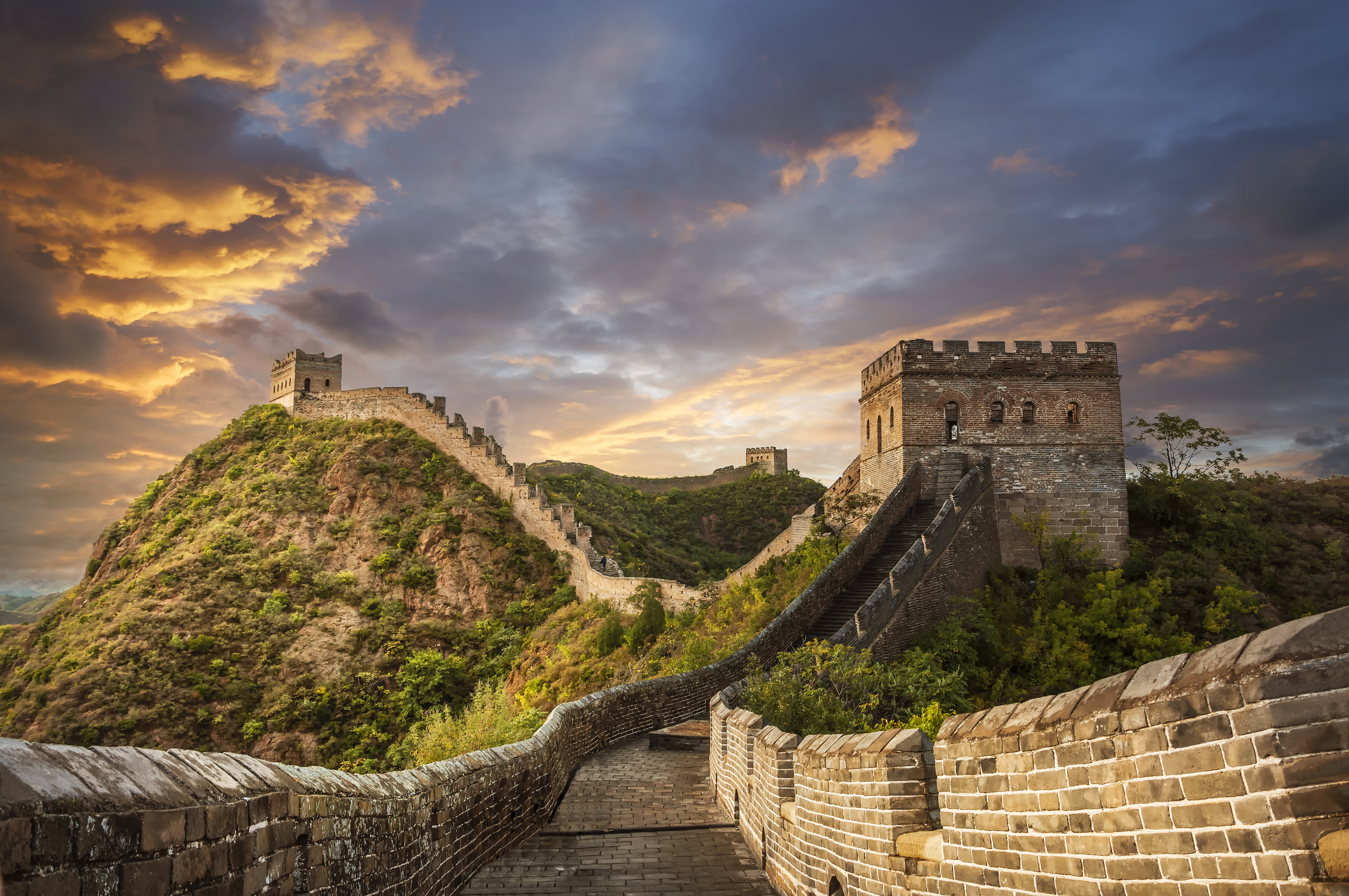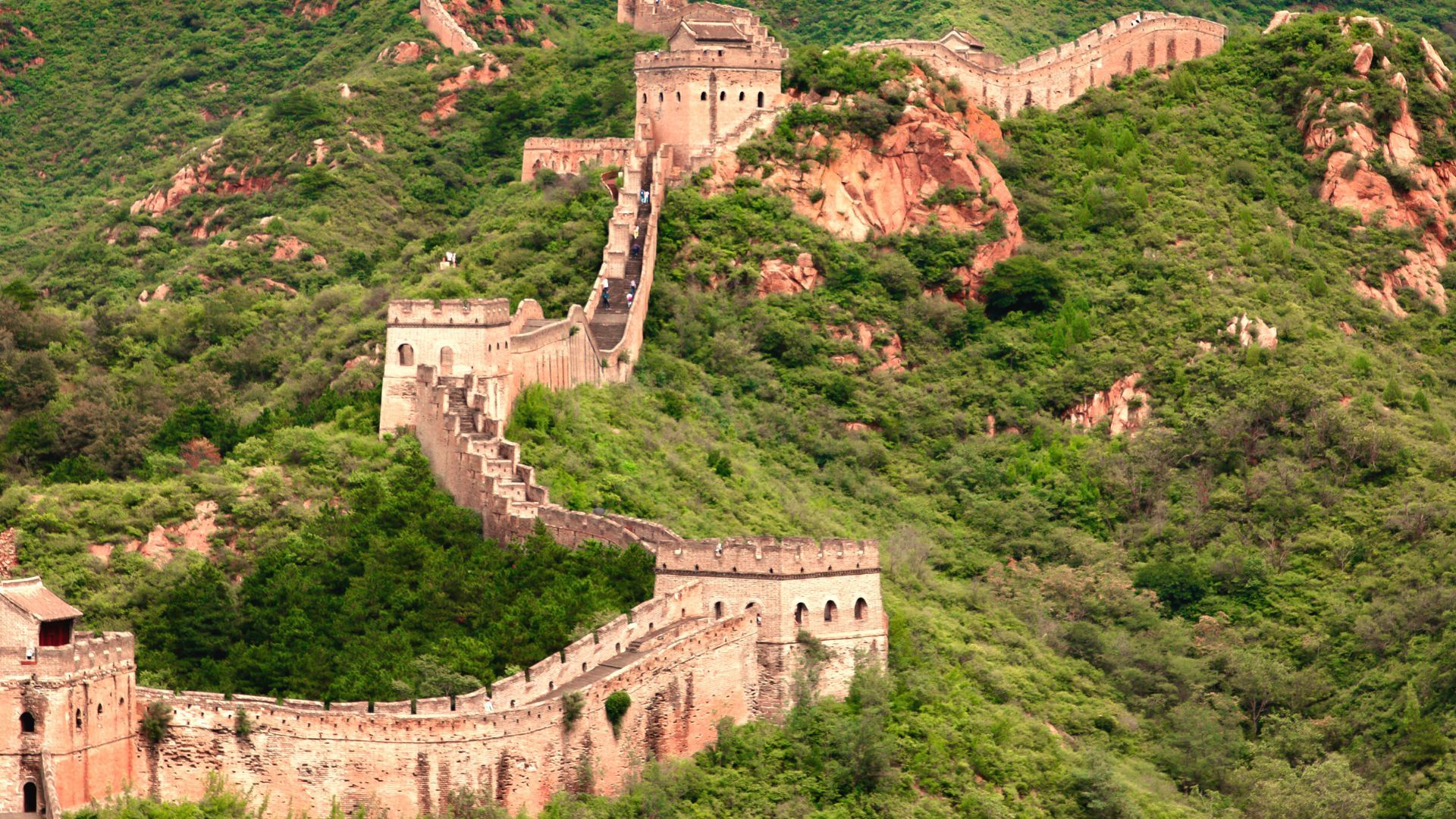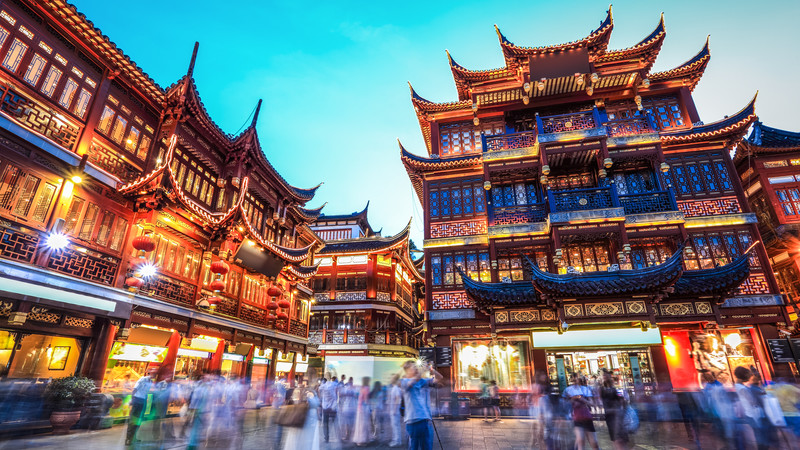Understanding The Connections On China Lane Boynton Beach: A Look At Global Trade's Reach
Have you ever stopped to think about how things made far away, in places like China, really get to us here, perhaps even right to Boynton Beach? It's a rather interesting journey, and that path, in a way, is what we might call "China Lane." For quite some time, the movement of goods from Chinese factories to American homes was pretty straightforward, you know? But then, things started to change, especially when talk of tariffs, like those up to 50 percent, began to fill the air. This shift, you see, has had a big impact on how businesses operate and how products move across the world, affecting everyone, even if they don't realize it.
It's not just about what we buy; it's also about the bigger picture of how countries deal with each other. For instance, there was a time when America seemed to be really pushing for India to become a stronger economic partner, a kind of counterweight to China. Yet, that idea apparently changed quite a bit, with President Trump declaring India's economy was a "dead economy," which was a rather surprising statement for many. This kind of rhetoric really shows how quickly global strategies can turn on a dime, making businesses and people wonder what comes next.
So, what does all this mean for the idea of "China Lane" and communities like Boynton Beach? Well, it's about the ripple effects of big economic decisions. When tariffs snap back into place, as they often do, it really escalates a trade war between the world’s two largest economies. This isn't just a distant policy debate; it means changes for wholesale garment markets in Guangzhou, China, and eventually, it can affect the prices and availability of goods right here at home, or so it seems. It's a pretty interconnected world, you know, and what happens far away can definitely show up on our doorsteps.
- Center For Reproductive Rights
- Outlets En Austin Tx
- Cinema West Hartford
- Shopritetore Locator Pa
- Dodgercore Today
Table of Contents
- Understanding the Connections on China Lane Boynton Beach: A Look at Global Trade's Reach
- The Start of a Trade Tussle
- Shifting Supply Paths and New Strategies
- The Global Ripple Effect
- Why Europe Matters in the Trade Game
- Lessons from the Trade Discussions
- How Global Trade Impacts Communities Like Boynton Beach
- Frequently Asked Questions About Trade and Tariffs
- The Future of Global Trade and Your Local Connection
The Start of a Trade Tussle
Ever since President Trump began raising tariffs on goods from China during his first term, the whole landscape of international trade, which really is a kind of "China Lane" for products, started to feel different. These changes were pretty significant, causing a lot of businesses to rethink their usual ways of doing things. It wasn't just a small bump in the road; it was more like a major rerouting of how goods flow across the globe, you know, affecting everything from raw materials to finished products.
Tensions, it seems, started to spiral after Mr. Trump announced his sweeping tariff increases in early April. This was a big moment, as it really set the stage for what was to come. China, for its part, was the only country to immediately retaliate, matching Mr. Trump's moves with tariffs of its own. This back-and-forth, or tit-for-tat as some might say, showed just how serious both sides were about their positions, making the future of trade a bit uncertain for many.
The core of this whole situation, in a way, was about economic competition and who held the most leverage. When one country puts tariffs on another's goods, it's essentially trying to make those goods more expensive, hoping to encourage people to buy things made at home instead. But, as we saw, the other side often responds in kind, creating a cycle of tariffs that can really affect global markets and, by extension, the daily lives of people everywhere, or so it seems.
Shifting Supply Paths and New Strategies
With these tariffs in place, Chinese companies, rather than just waiting to see what would happen, raced to set up warehouses and factories in Southeast Asia. This was a pretty clever move, you know, a way to try and get around the higher costs of shipping directly from China to the United States. It's almost like they found a new, slightly different "China Lane" through other countries, allowing them to keep their products competitive in the American market. This shift shows just how adaptable businesses can be when faced with new challenges.
China’s exports, surprisingly enough, surged even more than expected in July, as Chinese companies raced to ship goods to Southeast Asia and other regions, often for onward shipment to the United States, before even more tariffs could hit. This was a clear example of businesses trying to get ahead of the curve, anticipating future changes and making moves to protect their interests. It really highlights the dynamic nature of global trade and how quickly things can change, prompting companies to act fast, or so it appears.
This strategy of moving production or warehousing to other countries, like Vietnam or Malaysia, is a significant development in the global supply chain. It means that while a product might still have Chinese components or origins, its final assembly or shipping point could be elsewhere, making its journey to places like Boynton Beach a bit more indirect. This is a big deal for how goods are sourced and how businesses plan for the future, you know, affecting everything from manufacturing jobs to logistics, and it's something that continues to evolve.
The Global Ripple Effect
These trade discussions weren't just about the US and China; they had a much wider reach, affecting other major players on the world stage. For instance, top American and Chinese officials were meeting for two days of talks in Stockholm as the Trump administration tried to complete trade deals. These kinds of meetings are really important, you know, because they show that even amidst conflict, there's always an effort to find common ground and work things out, even if it's just for a little while.
The impact of these tariffs and trade tensions could be felt across various industries. For example, if you think about the goods that come from China – everything from electronics to clothing – the tariffs made them more expensive for American consumers and businesses. This meant that companies either had to absorb the extra cost, raise their prices, or look for alternative suppliers. It’s a bit like a puzzle, where changing one piece affects all the others, and it’s a pretty complex situation for sure.
Moreover, the trade war really highlighted the interconnectedness of global economies. What happens in a wholesale garment market in Guangzhou, China, or in a factory in Southeast Asia, can eventually have an effect on a retail store or a consumer in Boynton Beach. This "China Lane," if you will, is not just a straight line; it's a network of paths, and disruptions anywhere along it can send ripples everywhere. It's a reminder that we're all, in some way, part of this big global economic system, and that's a pretty interesting thought.
Why Europe Matters in the Trade Game
Despite its combative stance, Beijing, it seems, cannot afford to push Europe too far. This is a very important point, as China needs European markets to absorb the glut of electric vehicles, batteries, and solar panels its factories are producing. Europe represents a massive market, and losing access to it would be a huge blow to China’s economy, especially with its focus on these new, green technologies. It shows that even the biggest players need others, you know, for their economic well-being.
The relationship between China and Europe is a delicate balance. While China might be in a trade dispute with the United States, it still relies heavily on its trade relationships with European countries. This reliance gives Europe a certain amount of leverage, too it's almost, as China would be hesitant to alienate such a significant customer base. It's a bit like a complex dance, where everyone is trying to find their footing without stepping on too many toes, and it’s a rather intricate situation.
So, when we talk about "China Lane," it's not just about the path to America; it's also about the paths to other major economic blocs, like Europe. These different lanes are all connected, and what happens on one can influence the others. The need for China to sell its growing output of electric vehicles and other goods to Europe underscores the global nature of these trade discussions and how various regions are intertwined in the world economy, or so it seems.
Lessons from the Trade Discussions
If China’s top leader, Xi Jinping, wrote a book titled “The Art of Dealing with Trump,” it would most likely call for exploiting the American president’s greatest weaknesses to exert influence. This suggests that trade negotiations, in some respects, are not just about economics but also about strategy and understanding the other side's approach. It's a bit like a high-stakes game of chess, where each move is carefully considered, and that's a pretty fascinating aspect of international relations.
One of the big lessons from this period is how quickly global supply chains can adapt, or at least try to. The rush of Chinese companies to ship goods to Southeast Asia for onward shipment to the United States before tariffs hit is a prime example. This shows a remarkable level of agility and foresight on the part of businesses, who are constantly looking for ways to keep their operations running smoothly, even when faced with significant hurdles, and that's a very important point.
The whole trade war, in a way, also highlighted the power of tariffs as a tool in international relations. While they are meant to protect domestic industries, they can also lead to unintended consequences, like companies moving production or finding new routes for their goods. It’s a rather complicated tool, with effects that ripple far beyond the initial target, and it definitely keeps things interesting for economists and businesses alike, you know, as they try to predict what might happen next.
How Global Trade Impacts Communities Like Boynton Beach
While the specifics of "China Lane Boynton Beach" are a conceptual link to global trade, the broader implications of these trade policies certainly reach communities across America. When tariffs make imported goods more expensive, it can mean higher prices for consumers on everything from electronics to clothing. This directly affects household budgets and purchasing power, which is a pretty tangible impact, you know, for families in places like Boynton Beach.
Businesses in communities like Boynton Beach also feel the effects. Retailers who rely on imported goods might see their costs go up, forcing them to raise prices or accept lower profit margins. This can make it harder for them to compete, or so it seems, potentially affecting local jobs and the overall economic health of the area. It’s a clear example of how global decisions can have very local consequences, and that's something worth considering.
Moreover, the shifting of supply chains to Southeast Asia means that the "China Lane" is becoming more complex. Products that once came directly from China might now pass through several countries before reaching American shores. This added complexity can affect shipping times and logistics, which, in turn, can impact businesses that rely on timely deliveries. It’s a reminder that the world is pretty interconnected, and changes in one part of the system can definitely create waves elsewhere, even in a quiet town like Boynton Beach.
To really grasp how these global economic currents move, you might want to learn more about US-China relations. This kind of information helps piece together the bigger picture.
Frequently Asked Questions About Trade and Tariffs
What exactly are tariffs, and how do they work?
Tariffs, you know, are basically taxes that one country puts on goods coming in from another country. When President Trump raised tariffs on goods from China, it meant that products imported from China became more expensive to buy in the United States. The idea behind it is often to make foreign goods less appealing and encourage people to buy things made at home instead. It's a tool that governments use to try and influence trade flows, and it can have a pretty big impact on prices and choices, you know, for consumers and businesses alike.
How did Chinese companies respond to the tariffs?
Chinese companies, rather than just taking the hit from the tariffs, started to get pretty creative. Many of them raced to set up new warehouses and factories in Southeast Asian countries, like Vietnam or Cambodia. This allowed them to ship their goods from these other countries to the United States, effectively bypassing some of the higher tariffs that were placed directly on goods from mainland China. It was a pretty smart way to keep their products competitive in the American market, you know, showing just how adaptable businesses can be when faced with new rules and challenges.
Why did the trade war escalate, and what were the immediate effects?
The trade war escalated, in a way, because both the US and China kept responding to each other's moves with their own tariffs. When Mr. Trump announced sweeping tariff increases, China immediately retaliated by matching those tariffs. This back-and-forth created a cycle of increasing trade barriers. The immediate effects included higher costs for businesses importing goods, a rush by Chinese companies to export before new tariffs hit, and a general sense of uncertainty in global markets. It was a rather tense time for international trade, you know, with many businesses trying to figure out how to best navigate the changing landscape.
The Future of Global Trade and Your Local Connection
The idea of "China Lane Boynton Beach" might seem a bit abstract, but it truly represents the very real connection between global economic policies and our local communities. The trade discussions and shifts we’ve talked about, the ones involving tariffs and supply chain rerouting, have lasting effects. They shape where products come from, how much they cost, and even the kinds of businesses that thrive in places like Boynton Beach. It’s a dynamic process, one that’s always changing, and it’s pretty important to keep an eye on it.
Understanding these global dynamics means recognizing that what happens in a wholesale garment market in Guangzhou, or in a factory in Southeast Asia, isn't just distant news. It can, in fact, show up in the prices at your local store, or in the availability of certain items you like. This interconnectedness is a defining feature of our modern world, and it means that everyone, in some way, is part of this larger economic tapestry. It’s a pretty fascinating thing to think about, you know, how everything is linked.
So, as the world continues to evolve, with new trade agreements, technological advancements, and shifts in global power, the "China Lane" will also continue to transform. Staying informed about these changes can help us all better understand the world we live in and how our own communities are connected to it. Learn more about economic trends on our site, and to see how these discussions relate to a broader context, you can also link to this page global market insights. It's a journey worth following, for sure.
- Alice Braga Moraes
- Outlet Centermithfield Nc
- North Hills Aaa
- Films Justin Timberlake Has Been In
- Cinema West Hartford

Touring the Great Wall of China: Day trip ideas

Great Wall Of China: History And Other Fascinating Facts To Know

The 10 Best Cities to Visit in China | Intrepid Travel Blog